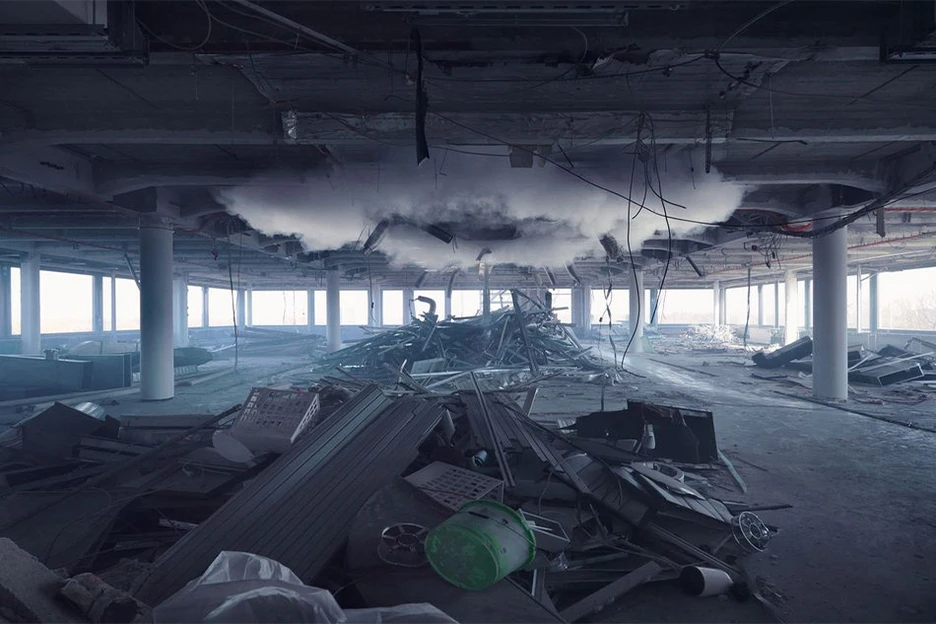Professorship of Recent Building Heritage Conservation
Building Heritage Conservation deals with the documentation and preservation of architectural heritage. Working on - thus carefully maintaining, repairing, restoring and conserving - historical building stock requires investigation of probes, historical research, documentation, damage and hazard analyses and a discursive consideration of all ascertained facts in order to find appropriate solutions for each individual case that respect the existing. As a matter of principal, the field of Recent Building Heritage Conservation as well takes the existing building as point of departure, looking for possibilities and potentials of suitable and sustainable concepts for conservation and repair. Its specific questions result from three perspectives on recent building stock:
The physical substance of buildings of our recent past manifests the increasing role of industrialized planning and manufacturing processes. In comparison to earlier building stock being erected by craftsmen employing only tried and tested building techniques, new challenges arise from the characteristics of serial production / of (partially) prefabricated ready-for-assembly building elements and building systems / of fast aging synthetic building materials and of construction standard specifications then in force.
Increased aspirations to control and regulate environmental factors are a key feature of buildings of the recent past. Large infrastructures and extensive installations for building equipment and appliances were to allow for the construction of an autonomous, self-contained environment. Regardless, prevalent documentation of recent building stock neglects these integral parts of the buildings. There's a need for valid concepts from the school of thought of Building Heritage Conservation opposing the mere replacement of technical building equipment without thinking.
While previous alterations of earlier buildings are being judged as constitutional elements of the very monument, an opposite tendency to reconstruction of the original state of listed buildings from the recent past can be observed. Regression to a former state at the expense of original substance contradicts the aim of Building Heritage Conservation: to escort buildings through consecutive alterations, carefully enforcing their preservation. Therefore, theoretical foundations for dealing with recent buildings worth preserving need to be developed from a critical reflection on current practice.
